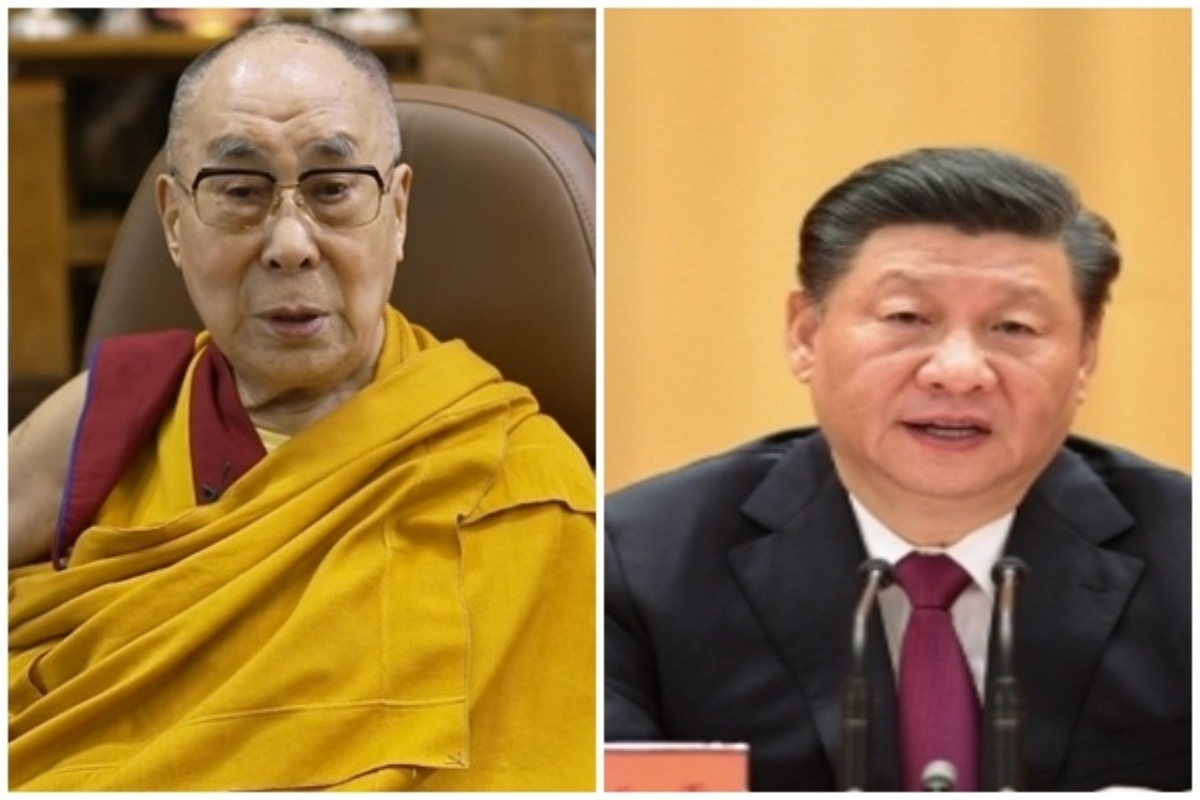Former Indian foreign secretary Shyam Saran writing in a contemporary a few weeks ago made the point that to understand the Chinese leadership’s mind on Tibet, one needs to go back to the decisions taken at the Seventh National Forum on Work in Tibet held on 28-29 August 2020. His particular emphasis was on the edict from President Xi Jinping which spelt out key elements of Beijing’s Tibet policy – “stability, development, ecology and border area consolidation.”
The Chinese President was quoted to have said: “We must adhere to the strategic thinking that to govern the nation, we must govern our borders; to govern our borders we must first stabilize Tibet.” Obviously, given the recent border clashes between Indian and Chinese troops in Eastern Ladakh and now in Arunachal Pradesh, the specific and exclusive mention of Tibet in terms of border security has set the alarm bells ringing in South Block given its implications for India.
Advertisement
The point is well taken. But what ought to be the Indian response? The answer to that question from New Delhi seems, for now, to be to double down on upgrading physical and human infrastructure on the Indian side of the border/LAC with China, enhancing Quad cooperation, tacitly supporting AUKUS, and generally making life tough for the Chinese diplomatically where it can.
The elephant in the room, however, is the Dalai Lama and his reincarnation. The Indian foreign policy establishment tends to dismiss those advocating leveraging the issue as cranks or, when being charitable, unrealistic. But then that is what the Mandarins used to say – routinely trotting out the ‘adverse-global-reaction’ line – about India exercising the nuclear option, initiating cross-border antiterror military operations against non-state actors, and the abrogation of Article 370 to name just three controversial issues the External Affairs Ministry had in the past been loath to encourage.
The fresh approach taken by the foreign ministry must now include in its ambit a recognition of the fact that China’s aggressive assimilation policy, whether in Xinjiang with its majority Uighur population who follow the Islamic faith or in Tibet where the distinctive Buddhist faith of its residents is sought to be Sinicized, cannot be countered by building infrastructure or enhancing military capacity.
While these initiatives are necessary from a pure security perspective, pushing back against the Chinese Communist Party’s policy to tightly control the recognition of reincarnations of high lamas is the key. Supervising the identification and naming of the 15th Dalai Lama when the current incumbent is reincarnated is a purely faith-related matter best handled by the 14th Dalai Lama and the committee he is said to have put in place to do so.
